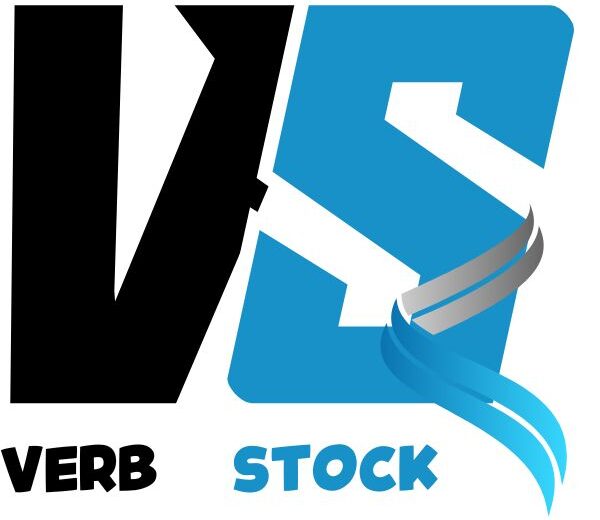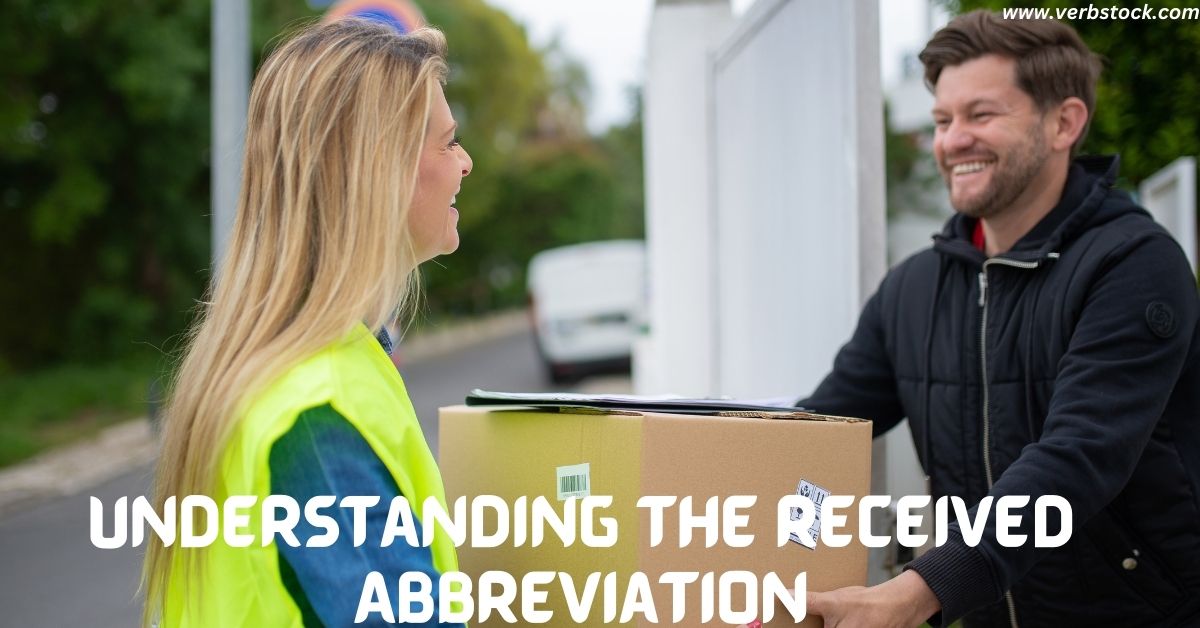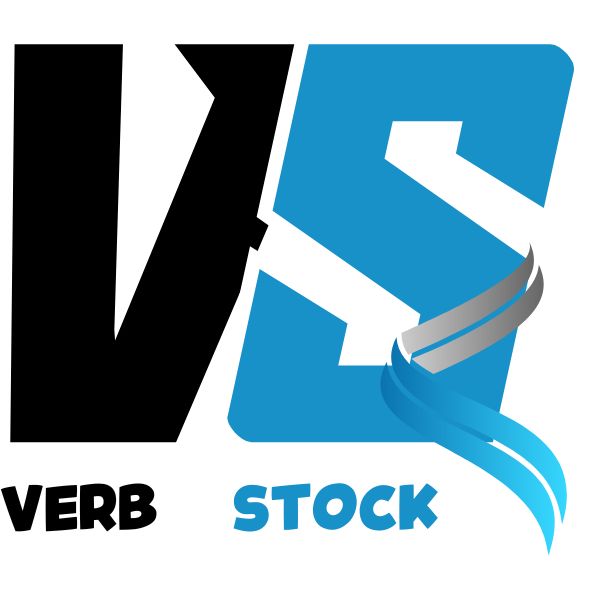When it comes to communication, abbreviations play a crucial role in making language more efficient, particularly in informal or time-sensitive scenarios. One such abbreviation that you’ll often come across is the received abbreviation, which can be written in different short forms such as “rcvd,” “rec’d,” or simply “rec.” Understanding these abbreviations and their common uses is essential, especially in a fast-paced world where clarity and brevity matter.
This blog post will explore everything you need to know about the received abbreviation, its uses in various contexts, and how you can apply it in your day-to-day interactions.
What is the “Received” Abbreviation?
The received abbreviation is a shortened form of the word “received.” It’s commonly used in both formal and informal communication to indicate that something has been accepted or acknowledged. This abbreviation helps streamline the process of conveying information, particularly in contexts where space or time is limited.
There are several ways to abbreviate “received,” including:
- rcvd (the most common abbreviation)
- rec’d (often used in more formal settings)
- rec (a further shortened form, used less frequently)
These short forms are widely recognized, especially in emails, text messages, and invitations, saving time for the sender and ensuring that the meaning is clear to the recipient.
100+ Ways the “Received” Abbreviation is Used in Various Contexts
The received abbreviation comes into play in a variety of scenarios. Below, we break down how you can use it in different settings, from formal events to casual get-togethers.
For a Dinner Party
The received abbreviation is useful when confirming attendance for dinner parties. If you’re hosting a dinner, you may receive RSVPs with something like, “I rcvd your invitation and will be there.” It’s a concise way to acknowledge that the invitation has been received and that the invitee plans to attend.
For example:
- “Rec’d your invite, looking forward to dinner tomorrow night.”
For Overnight Stays
In scenarios involving overnight stays, the abbreviation comes in handy when confirming accommodations or expressing gratitude for the invite. A simple message like “I rcvd your invitation for the weekend, thank you!” conveys the message efficiently.
Example:
- “Thank you, I rcvd your offer to stay over. See you soon!”
For Holiday Gatherings
Holiday events often involve a flurry of invitations and confirmations. The abbreviation can be used to acknowledge holiday invites, such as a Christmas dinner or a New Year’s Eve party.
Example:
- “Rec’d your holiday invite, we’re excited to join!”
For Casual Get-Togethers
When making plans for informal gatherings, the received abbreviation is a great way to quickly acknowledge plans or offers. If your friend sends a message inviting you to a casual hangout, a simple “rcvd your invite” is all you need.
Example:
- “Rec’d your message about the barbecue. Count me in!”
For Extended Stays
If someone invites you to stay for an extended period, such as a week-long visit, the abbreviation is perfect for confirming arrangements. Whether it’s a holiday retreat or a business trip, confirming with “rcvd your accommodation details” keeps things clear and concise.
Example:
- “I’ve rcvd your details for the extended stay. Looking forward to it!”
For Business Hospitality
In the professional world, acknowledging received invitations, bookings, or confirmations is vital. For example, when confirming a business event or meeting, the received abbreviation may be used to confirm that the information has been received and understood.
Example:
- “Thank you for the invite. I’ve rec’d the event details.”
For Cultural Exchanges
Cultural exchanges often involve formal invitations or confirmations. When confirming participation in an international program or cultural event, the abbreviation helps maintain professionalism while saving space.
Example:
- “I’ve rcvd your invitation for the cultural exchange program.”
For Unexpected Kindness
Gratitude is often expressed with the received abbreviation when acknowledging unexpected acts of kindness. Whether it’s a favor or a thoughtful gesture, acknowledging it with “rec’d your help, thank you!” is a great way to express appreciation.
Example:
- “I rcvd your assistance during a difficult time, and I’m grateful.”
For Hosting Events
The received abbreviation is also used by hosts to confirm invitations. If you’re inviting someone to a party or event, you might receive a confirmation with something like “I rcvd your invitation and will attend.”
Example:
- “Thank you for the invite. I’ve rcvd your event details!”
For Showing Around Town
When offering to show someone around your city, the received abbreviation can confirm plans. If you’ve received an invitation to be shown around town, acknowledging it with “rcvd your offer to be a tour guide” works great.
Example:
- “I rcvd your offer to show me around, looking forward to it!”
For Home-Cooked Meals
If someone invites you over for a meal, confirming the invitation with the received abbreviation can be an efficient way to acknowledge. You might say, “I’ve rec’d your invitation for a home-cooked dinner.”
Example:
- “Thanks for inviting me for dinner. I’ve rcvd the invite!”
For Weekend Getaways
Weekend getaways often involve invitations and confirmations. Using the received abbreviation lets the sender know you’ve acknowledged their offer and are looking forward to the plans.
Example:
- “I’ve rcvd your weekend getaway invite. Can’t wait!”
For Helping During Difficult Times
In difficult times, expressing gratitude for help with a simple “rcvd your support, thank you” is a quick and effective way to acknowledge someone’s kindness.
Example:
- “I rcvd your help and I truly appreciate it.”
For Hosting International Visitors
When hosting international guests, you’ll likely confirm accommodation or event details with the received abbreviation. This allows you to acknowledge complex international plans efficiently.
Example:
- “I’ve rec’d your travel itinerary and accommodation details.”
For Pet-Friendly Hospitality
If you’re confirming a pet-friendly arrangement, the received abbreviation is useful. It allows you to confirm accommodation details quickly, such as pet-friendly rooms or amenities.
Example:
- “Thank you for the pet-friendly arrangements. I’ve rcvd the details!”
For Hospitality During Special Occasions
For special occasions like birthdays or anniversaries, acknowledging received invitations or gifts with the received abbreviation can help keep the conversation brief yet clear.
Example:
- “Rec’d your invitation for the birthday party! See you there!”
For Accommodating Dietary Needs
The received abbreviation comes into play when confirming dietary preferences or needs. For example, if a host asks for your dietary restrictions, confirming it with “rcvd your dietary request” ensures clarity.
Example:
- “I’ve rcvd your dietary needs and will accommodate them accordingly.”
For Hosting Game Nights or Movie Marathons
For casual events like game nights or movie marathons, using the abbreviation helps confirm plans quickly.
Example:
- “I rcvd your invite for game night. Let’s make it happen!”
For Hospitality During Work-Related Stays
Business-related travel often involves confirming accommodations or meetings with the received abbreviation. A simple “I’ve rcvd the itinerary” confirms receipt of important work-related details.
Example:
- “I’ve rcvd the business trip details. I’ll be there.”
For Unexpected Acts of Hospitality
When someone extends unexpected hospitality, expressing gratitude with “rcvd your kind gesture” is a heartfelt yet concise way to acknowledge their generosity.
Example:
- “Thank you, I’ve rcvd your unexpected kindness, and it means a lot.”
Bonus Tips For Expressing Gratitude
Personalizing Messages
- Make the thank-you message more personal by referencing specific details, such as the meal, event, or help you received.
- Tailor your message to the level of formality of the situation.
Cultural Considerations
- In some cultures, expressing gratitude is more formal, while in others, a casual tone is preferred.
- Be mindful of these differences when using abbreviations in different settings.
Digital Options for Sharing Gratitude
- You can use digital platforms like email, social media, or messaging apps to share your gratitude with a short message.
- Popular platforms for gratitude messages include WhatsApp, Facebook, and Twitter.
Timing Advice
- Express your gratitude as soon as possible to show genuine appreciation.
- Ideally, thank someone within 24 hours of receiving their hospitality.
Gift Pairing Ideas
- Pair your thank-you message with a small token of appreciation, such as flowers, chocolates, or a personalized gift.
- A handwritten note alongside a gift adds a personal touch.
How to Respond to Thank You Messages
- Respond to thank-you messages by acknowledging the gratitude and adding a personal touch to your reply.
- Simple responses like “It was my pleasure!” or “I’m happy to help!” keep the exchange sincere.
Relevant Hashtags for Social Media Sharing
Using the right hashtags can significantly increase the visibility of your posts on social media. Below are some relevant hashtags that can be used to share content related to abbreviations like the “received abbreviation” and its usage:
- #ReceivedAbbreviation
- #Abbreviations
- #ShortForms
- #CommunicationTips
- #EffectiveMessaging
Conclusion
The received abbreviation is a helpful tool for shortening words in written communication. Using abbreviations like “rcvd,” “rec’d,” or “rec” makes messages faster to read and write, especially in busy situations. This simple practice can save you time while ensuring your message is still clear. It is commonly used in many different settings, such as emails, invitations, and official documents.
Understanding and using the received abbreviation correctly can make communication smoother and more efficient. It is a small but useful detail that can improve how we exchange information. Whether you’re acknowledging a gift, invitation, or message, using the received abbreviation helps you keep things concise and polite. This makes your writing more effective, and others will appreciate your clarity.


